Gold Coast housing: When city will run out of land for development
The architect behind a report warning the Gold Coast will run out of land sooner than expected says nearly 40,000 units approved for the city have never been built.
Property
Don't miss out on the headlines from Property. Followed categories will be added to My News.
The architect behind a report warning the Gold Coast will run out of land sooner than expected says nearly 40,000 units approved for the city have never been built.
Michael Matusik, of Matusik Property Insight, one of the authors of the 2023 Gold Coast Dwelling Supply Study says a large number of the houses proposed for the Gold Coast are unlikely to ever get built for economic reasons and other solutions will be needed to ensure housing catches up with the population growth.
“Just look at the stock which has been approved across the Gold Coast over the past decade and see a lot of attached dwellings – apartments – have not yet started,” he said.
“That is something like 37,000 pieces of stock which were approved and not started.
“That’s 10 to 12 years supply but they haven’t started, they cannot start because it is too expensive to build or for the market to purchase.”
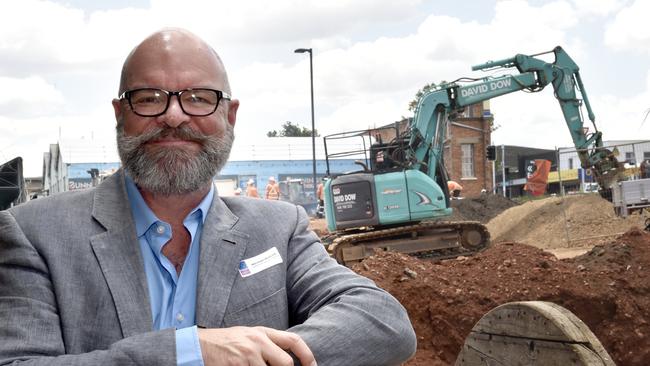
He said smaller lot sizes for houses on greenfield sites was one solution.
The study, released last week, warned the state government’s updated dwelling supply estimates for the Gold Coast are “questionable”, with existing greenfield sites able to viably deliver 17,564 houses.
This is less than a third of the state’s target of 57,194.
The report, which analyses the state of the city’s development sector, warns the existing Southeast Queensland Regional Plan urban footprint should be dumped – a move which would allow developable land such as Norwell Valley in the northern Gold Coast to be unlocked for housing.
Premier Annastacia Palaszczuk this week backed calls to open up more land for development, and said the government was working with councils and the private sector fast-track more development.

“Social housing makes up a very small sector of housing in Queensland and the majorly is the private sector, so we are working with councils to unlock more housing supply because that’s what we need to do,” she said.
“We need councils to work collaborative, to work together to unlock more supply.
“We are doing a lot of planning at the moment centring on where we are seeing that growth and we know on the Gold Coast there are some very fast-growing areas, especially around the northern end of Coomera.”
Key findings of the report, prepared by Zone Planning Group, BIOME Consulting, Matusik Property Insights and Zone Landscape Architecture, included:
* The Gold Coast expansion zone has dropped 508ha to 19953ha since 2020. This land has primarily been filled by “non-residential purposes such as schools, hospitals, roads, parks and commercial development”.
* Coomera “will provide the majority of the 17,564 dwellings”, being where 44 per cent of the Gold Coast’s total available supply is.
* Around 50 per cent of the available dwelling supply will come from three individual projects – Worongary’s Skyridge, Jacobs Well’s Calypso Bay and Coomera Quarter/Coomera Woods.
‘Heavy lifting’: Premier’s solution to Gold Coast’s housing crisis
Premier Annastacia Palaszczuk has foreshadowed opening up more greenfield sites for development as she defended the widening gap between the Gold Coast’s population growth and available housing.
High construction costs, material shortages, interest rate rises and a lack of tradies have slowed the construction sector in the past 18 months, while the city’s population growth has only accelerated.
The 2023 Gold Coast Dwelling Supply Study, released last week, warned the state government’s updated dwelling supply estimates for the Gold Coast are “questionable”, with existing greenfield sites able to viably deliver 17,564 houses.
This is less than a third of the state’s target of 57,194.
The report, which analyses the state of the city’s development sector, warns the existing Southeast Queensland Regional Plan urban footprint should be dumped – a move which would allow developable land such as Norwell Valley in the northern Gold Coast to be unlocked for housing.
Ms Palaszczuk, who was on the Gold Coast opening a new social housing block at Nerang on Tuesday said the private sector would have to do the heavy lifting to solve the city’s housing shortage.
“Social housing makes up a very small sector of housing in Queensland and the majorly is the private sector, so we are working with councils to unlock more housing supply because that’s what we need to do,” she said.
“We need councils to work collaborative, to work together to unlock more supply.
“We are doing a lot of planning at the moment centring on where we are seeing that growth and we know on the Gold Coast there are some very fast-growing areas, especially around the northern end of Coomera.”
Key findings of the report, prepared by Zone Planning Group, BIOME Consulting, Matusik Property Insights and Zone Landscape Architecture, included:
* The Gold Coast expansion zone has dropped 508ha to 19953ha since 2020. This land has primarily been filled by “non-residential purposes such as schools, hospitals, roads, parks and commercial development”.
* Coomera “will provide the majority of the 17,564 dwellings”, being where 44 per cent of the Gold Coast’s total available supply is.
* Around 50 per cent of the available dwelling supply will come from three individual projects – Worongary’s Skyridge, Jacobs Well’s Calypso Bay and Coomera Quarter/Coomera Woods.
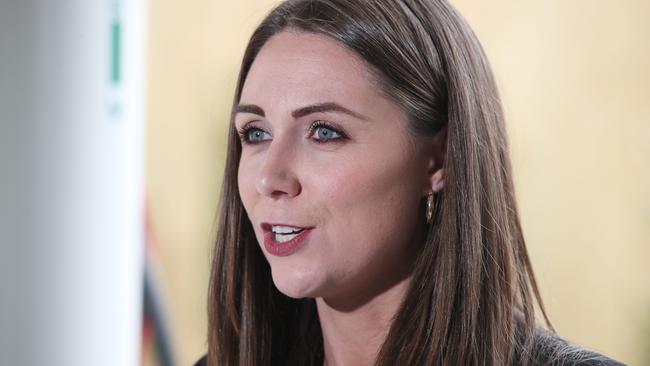
Gold Coast-based Housing Minister Meaghan Scanlon said the council, state and federal governments “all have a role to play” in unlocking more land supply for new dwellings.
“We need to not just go out, we need to go up and it is important that this is included in our City Plan,” she said.
“I just recently sat down with all of the mayors as part of the southeast regional plan process where we talked through the review which is underway and we hope to have something out very soon for consultation.”
Michael Matusik, of Matusik Property Insight, said the figures contained in the dwelling supply report should be a ‘reality check’ for the state government.
“Our study has determined that, based on the application of current planning controls, the Gold Coast’s expansion area is realistically only able to provide up to 17,564 dwellings by 2041,” he said.
“While this already falls below the adjusted 2041 benchmark of 19,212 dwellings set by ShapingSEQ, our analysis shows that only about half of that estimate, or 10,542 dwellings, has a high chance of being developed.
“Based on that forecast, the Gold Coast expansion area provides just 10.5 years of dwelling supply based on historical demand.”
Mr Matusik said it was likely the city would run out of land sooner than 2033.
“There is little greenfield land available for the housing stock what is most wanted and at best there is five to six years of supply but most likely it is less than four years,” he said.
“They need to release more land with around 25 dwellings per hectare, encourage smaller allotments and reconsider the benchmarks – of people per hectare rather than dwellings.”
Revealed: The suburb where most new Gold Coasters will live
The Gold Coast development sector will hit a wall within a decade, with a new report warning the city’s second largest industry will be unable to deliver critically needed housing.
The 2023 Gold Coast Dwelling Supply Study, which analyses the state of the city’s development sector warns the state government’s updated dwelling supply estimates for the Gold Coast are “questionable”, with existing greenfield sites able to viably deliver 17,564 houses.
This is less than a third of the state’s target of 57,194.
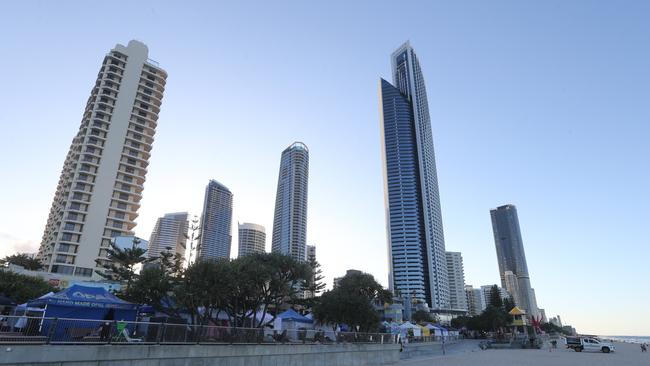
It warns that the existing Southeast Queensland Regional Plan urban footprint should be dumped in a move which would allow developable land such as Norwell Valley in the northern Gold Coast to be unlocked for housing.
Michael Matusik, of Matusik Property Insight, said the results would be a ‘reality check” for the state government.
“Our study has determined that, based on the application of current planning controls, the Gold Coast’s expansion area is realistically only able to provide up to 17,564 dwellings by 2041,” he said.
“While this already falls below the adjusted 2041 benchmark of 19,212 dwellings set by ShapingSEQ, our analysis shows that only about half of that estimate, or 10,542 dwellings, has a high chance of being developed.
“Based on that forecast, the Gold Coast expansion area provides just 10.5 years of dwelling supply based on historical demand.”
The report, prepared by Zone Planning Group, BIOME Consulting, Matusik Property Insights and Zone Landscape Architecture was unveiled on Thursday night at a presentation at Southport Yacht Club.
Key findings include:
* The Gold Coast expansion zone has dropped 508ha to 19953ha since 2020. This land has primarily been filled by “non-residential purposes such as schools, hospitals, roads, parks and commercial development”.
* Coomera “will provide the majority of the 17,564 dwellings”, being where 44 per cent of the Gold Coast’s total available supply is.
* Around 50 per cent of the available dwelling supply will come from three individual projects – Worongary’s Skyridge, Jacobs Well’s Calypso Bay and Coomera Quarter/Coomera Woods.
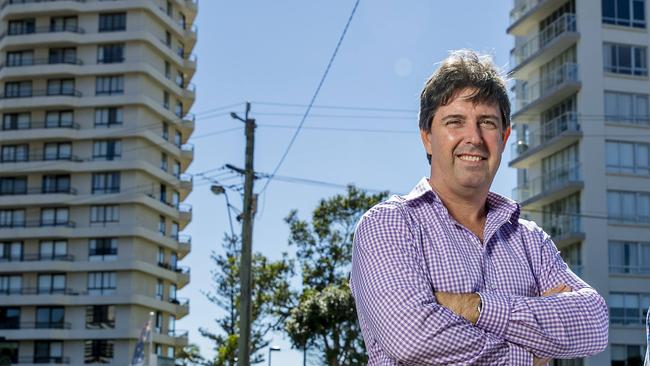
Zone director David Ransom said the report’s data made for “sobering” reading.
“There is no magic solution to the dwelling supply problem, and it will require a range of public sector and private sector responses,” he said.
“Unfortunately, it is unlikely that a few entities doing ‘big’ projects will solve this problem, and equally unlikely that a large number of entities doing ‘small’ projects will solve the problem.
“But the first steps should be to both compress our growing population into existing housing stock while expanding the current housing supply, both through infill and greenfield development.”
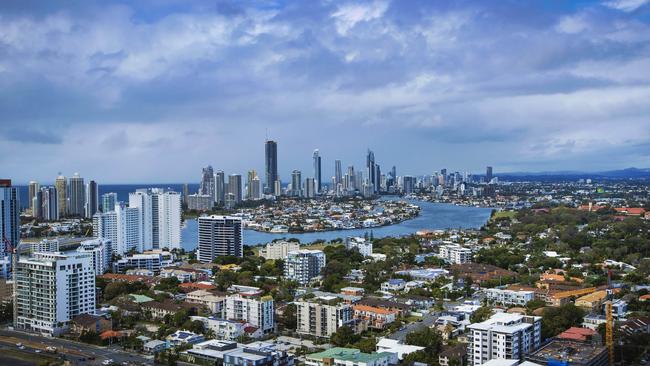
Mr Ransom said scrapping the urban footprint and its restrictions would open up more land to development.
“Currently any urban residential subdivision outside the SEQ Regional Plan’s urban footprint boundary is prohibited, but land exists outside of this footprint that is flood free with no environmental constraints and is able to be serviced,” he said.
“Overlay maps within Planning Schemes already lock up large areas of expansion land to prevent unregulated urban development, so why is the SEQ Regional Plan prohibition relevant anymore?
“Queensland Planning Regulation allows for a maximum of five rooms and five people in Rooming Accommodation that typically does not require planning approval. Five appears to be the magic number under the Queensland Planning Regulation, but can it be higher?
“The waiving of infrastructure charges for this land use and for secondary dwellings) could unlock a new stream of low-cost housing.”





